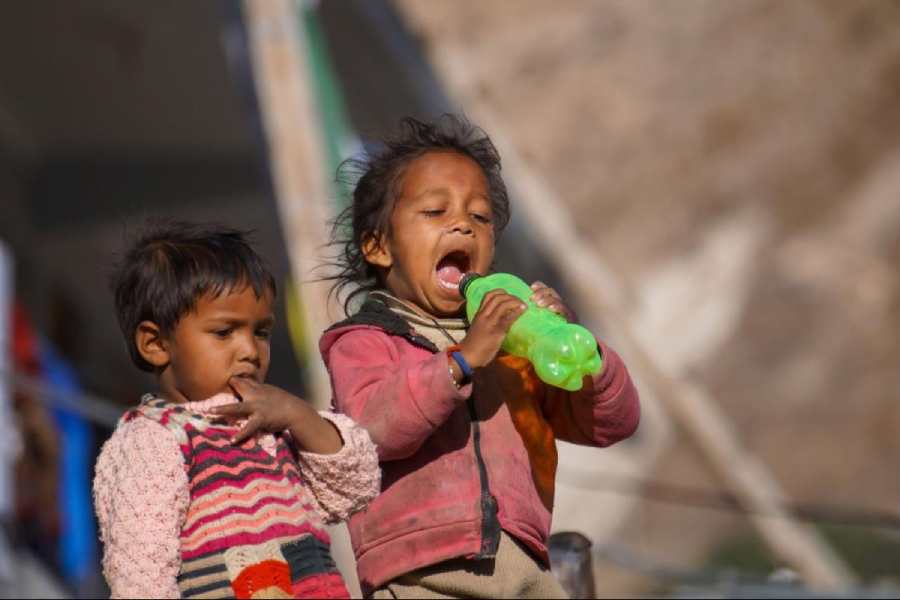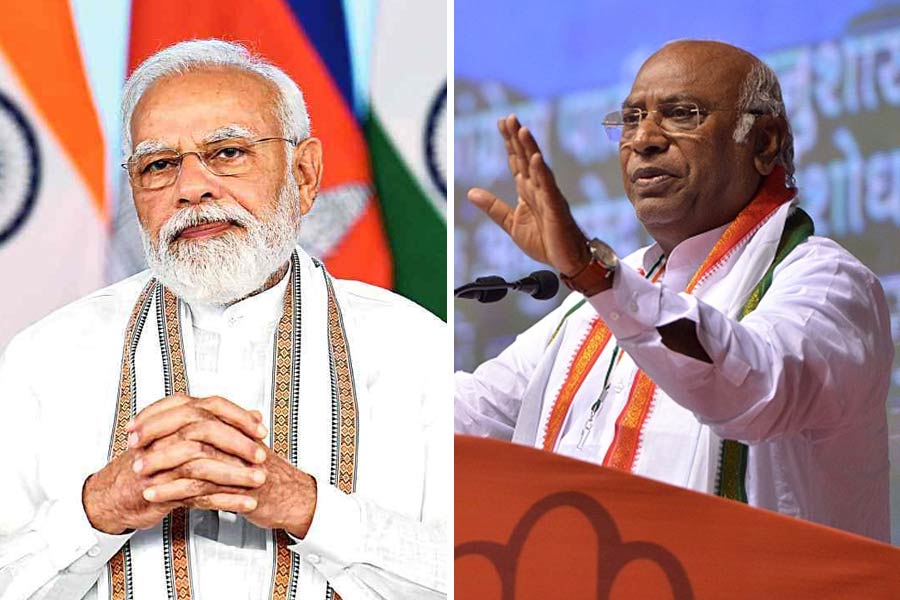A mobile phone-based nutrition surveillance system run by the Indian government often estimates a lower prevalence of undernutrition in children than the prevalence estimated by the National Family Health Survey 2019-2021, researchers have said in a commentary.
Their analysis has found, for instance, that the proportion of underweight children aged under six years documented by the surveillance system called Poshan Tracker was 13.7 percentage points lower than the prevalence of underweight children in
the NFHS.
Poshan Tracker, launched by the Union women and child development ministry three years ago, is a mobile app that captures real-time information on child nutrition, covering over 95 per cent of children in government childcare centres called anganwadi centres.
Staff associated with the anganwadi centres, while providing nutritional support to children, also measure the children’s weight and height for the Poshan Tracker. A public dashboard makes available data from all the states, updated monthly.
Researchers in India and the UK who used Poshan Tracker data from September 2023 have noted discrepancies between the tracker’s data and NFHS 2019-2021 estimates on two key measures of undernutrition — underweight and wasting, a marker for severe malnutrition.
The Poshan Tracker data showed that 39 per cent of around 83 million children in the anganwadi centres in September 2023 had experienced stunting.
Eighteen per cent were underweight and 6 per cent experienced wasting, researchers Lindsay Jaacks, Ananya Awasthi and Apoorva Kalra wrote in their commentary in The Lancet Regional Health Southeast Asia, a peer-reviewed medical journal.
Jaacks is a professor and chair of global health and nutrition at the University of Edinburgh. Awasthi and Kalra are at Anuvaad Solutions, a non-profit in India working on health and nutrition.
The stunting prevalence in the Poshan Tracker was 1.8 percentage points lower, underweight prevalence was 13.7 per cent lower and wasting prevalence was 12.1 percentage points lower than in the NFHS data.
The proportion of overweight children, in contrast, was on average 0.68 percentage points higher.
The researchers said one possible explanation for these discrepancies might be that the Poshan Tracker capturing data from children in anganwadis represented the true prevalence of undernutrition in 2023, while the NFHS 2019-21 represented older data.
It is possible that real-time community-based monitoring using the Poshan Tracker itself has resulted in improved delivery of nutrition services.










